 Why do we need a new innovative architecture, for mapping out the future
Why do we need a new innovative architecture, for mapping out the future
We are witnessing a very radical change, driven by technology, increasingly disrupting and breaking down the past traditional boundaries and market positions of many incumbent organizations. Mostly these were built so as to defend positions to achieve and maintain economic scale.
There is a new economic logic to building even greater scale through technology design, it involves greater complexity, yet its value proposition is to strive toward offering greater customer experience and satisfaction.
The solutions are valued far higher, in social and economic value. We need to recognize this is a new business model design with the arrival of engagement platforms that connect all the ecosystem of partners in its design, to gain this scale and value.
A new economic logic that gets closer to the connected customer expectations and daily needs for innovative solutions to solve, in ways far better than what are being presently being offered. Connecting technology, digital and human understanding brings radically different solutions.
A different innovative design has become paramount to these new offerings, so they can be capitalized upon, releasing this increased value creation understanding of opportunities.
The market dynamics are also changing; we are seeing greater disruption and blurring of traditional boundaries of competition, yet the reality is that innovation systems, structures and processes are badly lagging, in design and approach, to react and respond to this new dynamic.
A dynamic where the startup can undermind the established incumbent, mostly large organizations that are less nimble and agile, in radically different and dramatic ways, in short time frames, from the pilot, and testing to scaling those solutions, moving them from local to global through the power of technology applications.
 Whenever I seem to read about Platforms and Ecosystems, it mostly seems to relate to technology-led organizations and how they continue to connect us all up in our private lives.
Whenever I seem to read about Platforms and Ecosystems, it mostly seems to relate to technology-led organizations and how they continue to connect us all up in our private lives.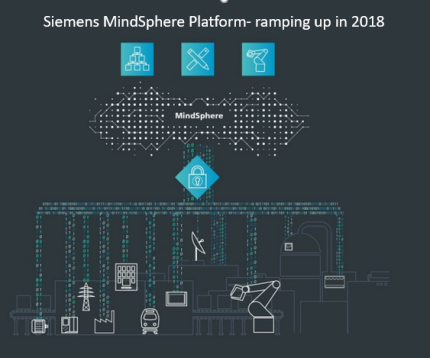 The move towards open-cloud based IoT operating systems has been significant in the past few years or so. Most major industrial companies have set about building and offering to their clients their platforms, for more open design and engineering, automation and operational work, as well as increased emphasis on maintenance and utilization.
The move towards open-cloud based IoT operating systems has been significant in the past few years or so. Most major industrial companies have set about building and offering to their clients their platforms, for more open design and engineering, automation and operational work, as well as increased emphasis on maintenance and utilization. I was not aware until recently that there are well over 450 providers of Platforms, all offering solutions, presently giving a very fragmenting market. Collaborators be aware!
I was not aware until recently that there are well over 450 providers of Platforms, all offering solutions, presently giving a very fragmenting market. Collaborators be aware!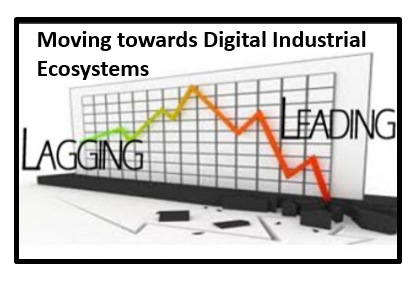 The platform has become essential for much of our social and direct engagements. The likes of Facebook, Amazon, Airbnb and many others are transforming much of our digital engagement for our social and private needs.
The platform has become essential for much of our social and direct engagements. The likes of Facebook, Amazon, Airbnb and many others are transforming much of our digital engagement for our social and private needs.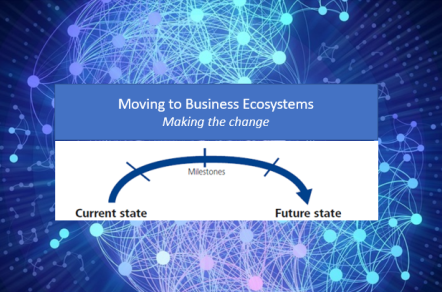 Business is far from usual, it is transforming in front of our eyes. A business has to simply accept this is a changing world and business ecosystems are coming of age, perhaps adding more complexity but also to help bridge this transformation. The traditional silo mentality, the belief that your industry boundaries are immune to change and new challenges, is a grave mistake.
Business is far from usual, it is transforming in front of our eyes. A business has to simply accept this is a changing world and business ecosystems are coming of age, perhaps adding more complexity but also to help bridge this transformation. The traditional silo mentality, the belief that your industry boundaries are immune to change and new challenges, is a grave mistake.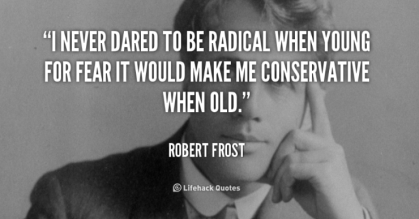 I see the growing importance of ecosystems and platforms for those that want a thriving future, these are the ones that simply “get this” need to connect into a wider ecosystem to build better value and solutions that customers want. The business imperative of today and near-term future is designing around ecosystems that seek out collaborative platform solutions.
I see the growing importance of ecosystems and platforms for those that want a thriving future, these are the ones that simply “get this” need to connect into a wider ecosystem to build better value and solutions that customers want. The business imperative of today and near-term future is designing around ecosystems that seek out collaborative platform solutions.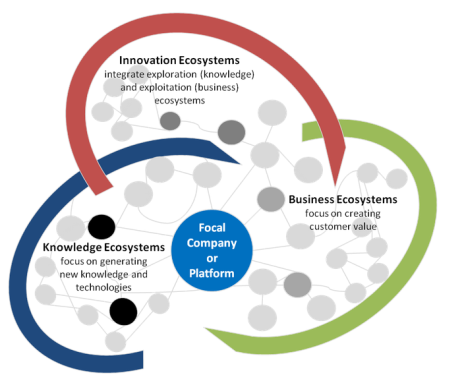
 There seem to be multiple forces at work, ones that are reshaping how organizations are adjusting to a rapidly changing world, to operate within.
There seem to be multiple forces at work, ones that are reshaping how organizations are adjusting to a rapidly changing world, to operate within. We are told that the company with the most data will win. To get the real edge it is to have and train algorithms that interpret the intelligence and here you need to understand the value of AI (Artificial Intelligence).
We are told that the company with the most data will win. To get the real edge it is to have and train algorithms that interpret the intelligence and here you need to understand the value of AI (Artificial Intelligence).